I've recently become quite interested in building small breadboard computers. I've been reading a site that seems to be aimed for beginners, that builds a simple breadboard computer using the 6502 and some other chips.
When reading the above site I feel like I understand most of what's said, but I have problems with figuring out how to power my breadboard. It seems to be that I need to power the breadboard computer with a +5V DC power supply.
I've seen some single-board computers use USB as a power supply. As I understand it, USB outputs +5V. So I figured: I could probably try and mount an USB socket to my breadboard and use it as my power supply.
I don't have a background in electronical engineering (I'm in my final year on my CS degree, and I've only taken one very basic EE course), so I don't have any idea if doing what I suggest is a recipe for disaster, or a adequate solution.
So, is it possible to use a USB socket to power my breadboard? If so, how would I go about to connect it (schematics would be appreciated).
Thank you!

